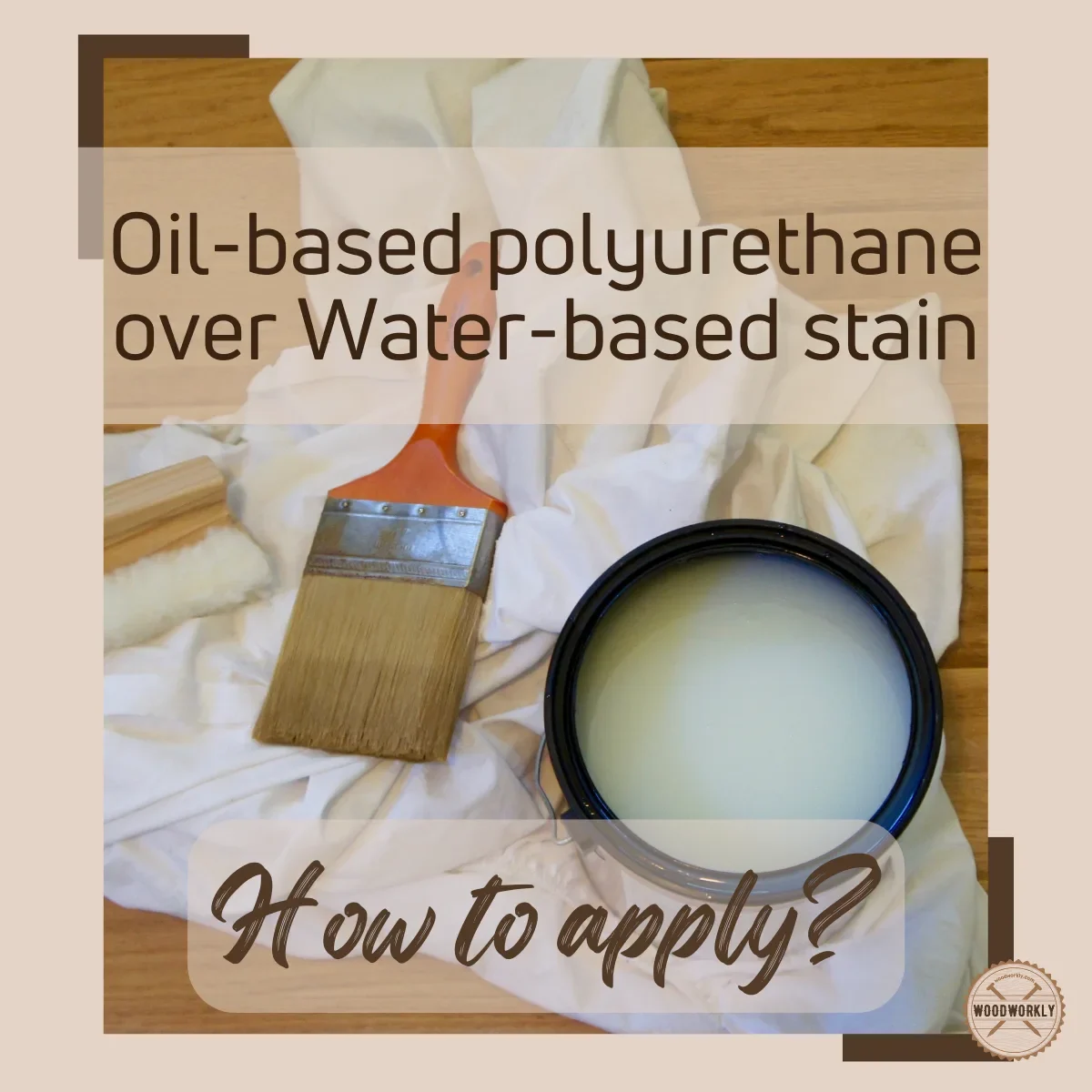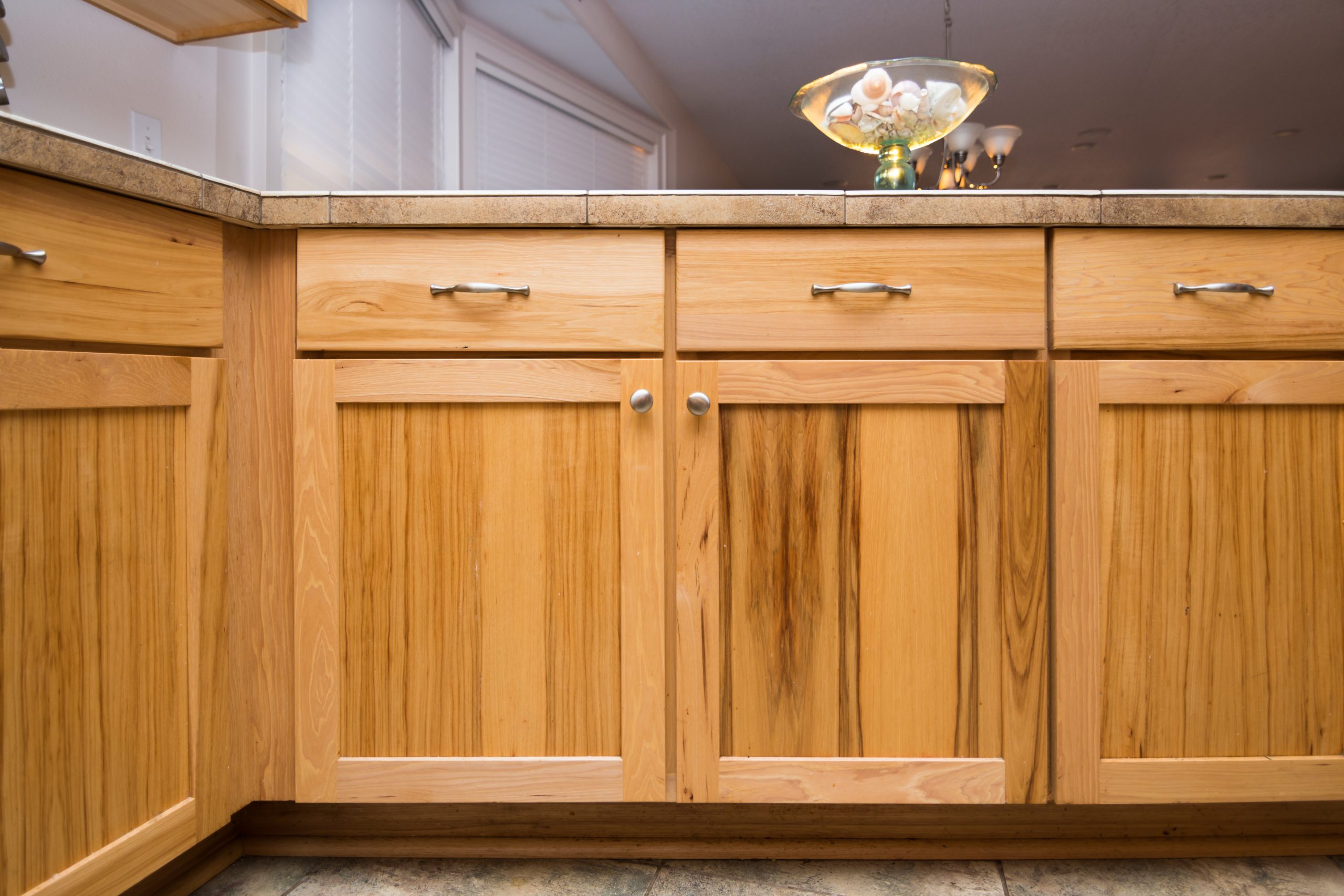Understanding Java Gel Stain: Java Gel Stain Cabinets

Java gel stain is a unique type of wood stain that offers a rich, vibrant color and a durable finish. It is a popular choice for staining cabinets, furniture, and other wood projects. This stain differs from traditional liquid stains in its consistency and application method.
Properties of Java Gel Stain
Java gel stain is a thick, gel-like substance that contains pigments suspended in a solvent. This gel-like consistency allows it to adhere to the wood surface more effectively, resulting in a more even and consistent color application. It also helps to prevent the stain from running or bleeding, which can be a problem with liquid stains, especially on porous woods.
Advantages of Using Java Gel Stain on Cabinets
Java gel stain offers several advantages for cabinet staining, making it a preferred choice for many woodworkers.
- Enhanced Color Depth: Java gel stain penetrates the wood more deeply than traditional liquid stains, creating a richer and more vibrant color. This is particularly beneficial for achieving dark or bold colors.
- Improved Durability: The gel formula provides a more durable finish that is resistant to scratches, abrasions, and fading. This makes it ideal for high-traffic areas like kitchens and bathrooms.
- Easy Application: Java gel stain is easy to apply and control. Its thick consistency allows for precise application, minimizing the risk of drips or runs.
- Versatile Finishes: Java gel stain can be used to achieve various finishes, from a natural wood look to a more dramatic, distressed effect.
Disadvantages of Using Java Gel Stain on Cabinets
While Java gel stain offers numerous benefits, it also has some drawbacks that should be considered.
- Longer Drying Time: Java gel stain takes longer to dry than traditional liquid stains, which can extend the project timeline.
- Potential for Brush Marks: If not applied carefully, brush marks can be visible on the finished surface. This requires careful application and smooth brushing techniques.
- Limited Color Options: Compared to traditional liquid stains, Java gel stain offers a more limited range of color options.
Choosing the Right Java Gel Stain
Selecting the appropriate Java gel stain for your project is crucial for achieving the desired results. Consider these factors:
- Color: Choose a color that complements your cabinets and overall kitchen or bathroom design. Consider the existing color scheme and the desired aesthetic.
- Finish: Java gel stain comes in various finishes, such as matte, semi-gloss, and gloss. Choose a finish that matches your preference and the overall style of your cabinets.
- Application: The application method can influence the final finish. Consider whether you prefer a brush, a sponge, or a cloth for applying the stain.
Preparing Cabinets for Staining

Java gel stain cabinets – Properly preparing your cabinets is crucial for achieving a smooth, even, and long-lasting stain finish. This involves a series of steps that ensure the stain adheres well and brings out the beauty of the wood.
Sanding
Sanding is the most important step in preparing cabinets for staining. It creates a smooth surface and removes any imperfections, allowing the stain to penetrate evenly. The sanding process involves using different grits of sandpaper, starting with a coarser grit and progressing to a finer grit.
- Start with 80-grit sandpaper: This grit removes any major imperfections, like scratches or gouges, and creates a rough surface for the subsequent sanding steps.
- Progress to 120-grit sandpaper: This grit smooths out the surface created by the 80-grit sandpaper and prepares it for finer sanding.
- Finish with 220-grit sandpaper: This grit creates a smooth and even surface that allows the stain to penetrate evenly and provides a consistent finish.
Sanding with the grain is essential for achieving a smooth finish. This means moving the sandpaper in the direction of the wood grain. Avoid sanding across the grain, as this can create scratches that will be visible after staining.
Cleaning
After sanding, it is essential to thoroughly clean the cabinets to remove any dust, debris, or sanding residue. This ensures the stain adheres properly and prevents imperfections in the final finish.
- Use a tack cloth: This is a sticky cloth that effectively removes dust and debris from the surface. It is readily available at most hardware stores.
- Avoid using water: Water can raise the grain of the wood, making it more difficult to achieve a smooth finish. It can also cause the stain to react differently, leading to uneven color.
- Use a cleaning solution: If necessary, use a mild cleaning solution, like a mixture of water and dish soap, to remove any stubborn residue. Ensure the solution is completely dry before proceeding to the next step.
Priming
Priming is not always necessary when staining cabinets, but it can be beneficial in certain situations. A primer can help seal the wood, prevent the stain from bleeding through, and create a more even color.
- Consider using a primer: If you are using a dark stain on light wood, a primer can help prevent the stain from bleeding through. If the wood is porous, a primer can help seal it and prevent the stain from absorbing unevenly.
- Choose a suitable primer: Opt for a primer specifically designed for use with stain. Avoid using primers that are intended for paint, as they can interfere with the staining process.
- Apply the primer evenly: Use a brush or roller to apply a thin, even coat of primer to the cabinets. Allow the primer to dry completely before proceeding to staining.
Applying Java Gel Stain to Cabinets

Applying Java Gel Stain to cabinets requires precision and patience to achieve a beautiful and long-lasting finish. The process involves several steps, each crucial for obtaining the desired results. This section delves into the techniques for applying Java Gel Stain to cabinets, ensuring a smooth and even finish.
Applying Java Gel Stain
Applying Java Gel Stain to cabinets requires a methodical approach to ensure even coverage and prevent streaks. The following steps Artikel the process:
- Prepare the Stain: Open the can of Java Gel Stain and stir thoroughly to ensure an even consistency. This step is crucial to prevent color variations in the final finish.
- Apply the Stain: Using a high-quality natural bristle brush, apply a thin and even coat of Java Gel Stain to the cabinet surface. Work in the direction of the wood grain, ensuring complete coverage without overloading the brush.
- Wipe Excess Stain: Immediately after applying the stain, use a clean, lint-free cloth to wipe away any excess stain. This step prevents pooling and ensures a smooth, even finish.
- Drying Time: Allow the stain to dry completely before applying a second coat. The drying time will vary depending on the temperature and humidity. Check the manufacturer’s instructions for specific drying times.
- Multiple Coats: If desired, apply additional coats of Java Gel Stain to achieve a darker or richer color. Allow each coat to dry completely before applying the next.
Working in Thin Coats, Java gel stain cabinets
Applying Java Gel Stain in thin coats is crucial for achieving a smooth and even finish. Over-application can lead to pooling, streaks, and uneven color distribution. Thin coats allow the stain to penetrate the wood evenly, resulting in a more natural and consistent look.
Preventing Streaks
Streaks can occur when applying Java Gel Stain if the brush is overloaded or the stain is not wiped away evenly. To prevent streaks, it’s important to work in thin coats and wipe away excess stain immediately after application. If streaks do occur, gently sand the affected area with fine-grit sandpaper before applying another thin coat of stain.
Blending Colors
Java Gel Stain can be used to create various shades and effects by blending different colors. To blend colors, apply a thin coat of one color, followed by a thin coat of another color. Then, gently blend the colors together using a clean brush or a soft cloth.
Java gel stain cabinets bring a warm, natural look to any kitchen. The rich tones and easy application make them a popular choice. To highlight the beauty of your cabinets even more, consider adding a motion sensor led under cabinet lighting kit.
This will not only brighten your workspace, but also create a warm ambiance that enhances the overall look of your java gel stained cabinets.
Java gel stain cabinets are a popular choice for homeowners looking to give their kitchen a modern and stylish makeover. The rich, deep colors of Java gel stain can really make your cabinets pop! If you’re considering this option, you might also want to check out koch express cabinets reviews to see if their ready-made cabinets could be a good fit for your project.
Java gel stain is great for a DIY project, but if you’re looking for a more streamlined approach, Koch Express cabinets might be the way to go.